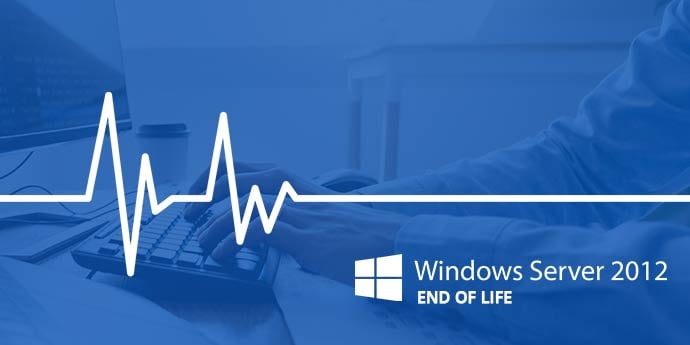Windows Server 2012 End of Life: What You Need to Know
Windows Server 2012 End of Life: What You Need to Know
Blog Article

Microsoft has officially announced the End of Life (EOL) for Windows Server 2012 and Windows Server 2012 R2, marking a critical milestone for organizations still relying on these versions. The end of support date is October 10, 2023, after which Microsoft will no longer provide security updates, bug fixes, or technical support. This article explores the implications of Windows Server 2012 EOL, potential risks, and migration strategies.
Key Implications of Windows Server 2012 EOL
1. Security Risks
- Without security updates, systems become vulnerable to new threats and cyberattacks.
- Organizations using unsupported systems may fail compliance audits for standards like ISO 27001, HIPAA, and GDPR.
2. Performance and Compatibility Issues
- Lack of updates means new software and applications may not be fully compatible.
- Hardware and driver support may become increasingly limited.
3. Lack of Microsoft Support
- No technical support, troubleshooting, or bug fixes from Microsoft.
- Any critical issues could result in significant downtime and operational disruption.
Options After Windows Server 2012 EOL
1. Upgrade to a Newer Windows Server Version
- Windows Server 2019 or 2022 offer improved security, performance, and cloud integration.
- Benefits include better security features, hybrid cloud support, and extended lifecycle.
2. Migrate to Microsoft Azure
- Azure Arc and Azure Stack allow businesses to modernize their infrastructure.
- Microsoft offers Extended Security Updates (ESUs) for three additional years if you migrate to Azure.
3. Purchase Extended Security Updates (ESUs)
- Available for up to three years beyond EOL (until October 2026).
- ESUs are costly but may be necessary for organizations needing extra time to migrate.
4. Move to Cloud-Based Solutions
- Consider transitioning to cloud services such as Azure Virtual Machines or Microsoft 365.
- Cloud migration reduces reliance on on-premises hardware and provides scalability and resilience.
Best Practices for Migration
- Assess Current Infrastructure: Identify applications and workloads running on Windows Server 2012.
- Develop a Migration Plan: Choose between on-premises upgrades, hybrid cloud, or full cloud migration.
- Test Compatibility: Ensure software and databases are compatible with the new server environment.
- Implement Security Measures: Strengthen cybersecurity post-migration with zero-trust frameworks and advanced threat protection.
- Train IT Teams: Ensure administrators understand the new systems and features.
Conclusion
The end of life for Windows 2012 end of life presents a major security and operational challenge for businesses. Organizations should take proactive steps to upgrade, migrate, or purchase Extended Security Updates (ESUs) to maintain security and compliance. By planning ahead, businesses can transition smoothly to modern, secure, and scalable server solutions, reducing risks and ensuring long-term operational stability. Report this page